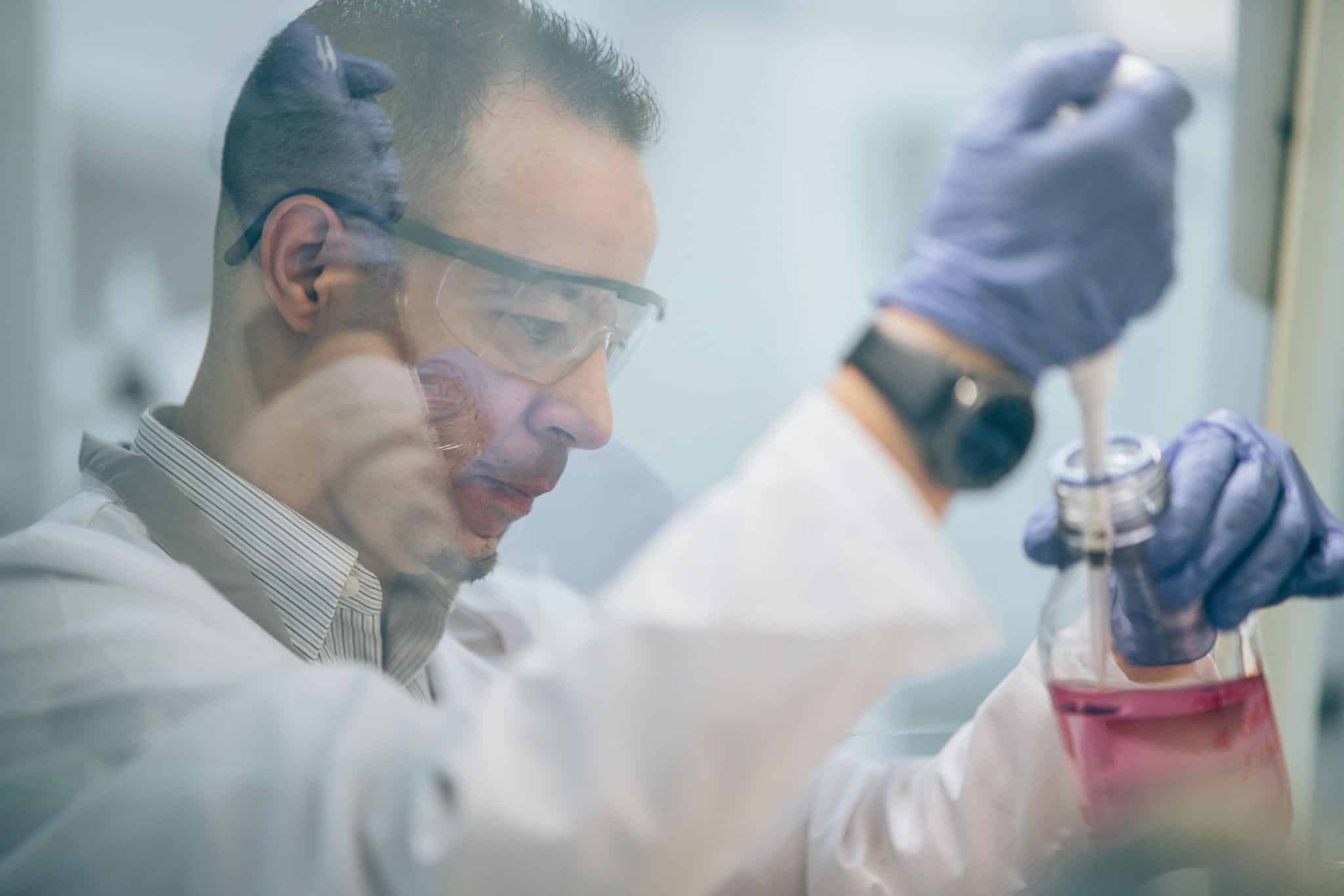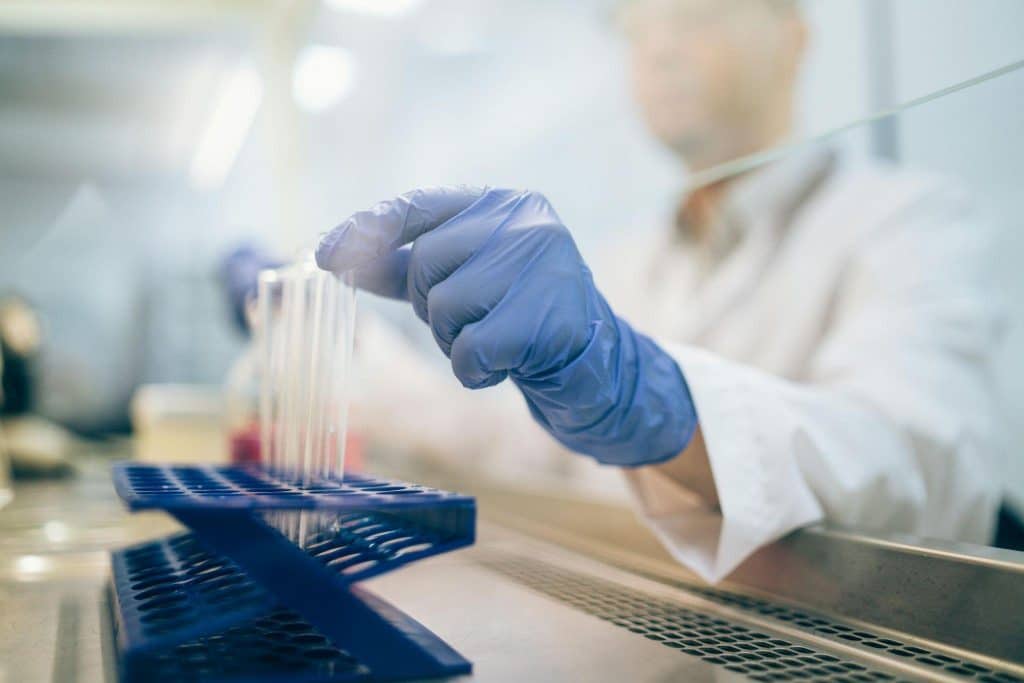Biotech research feels different today. You can sense it in the pace. You can see it in the gear that fills modern labs. Everything looks sharper. Everything moves faster.
Many scientists describe this shift as a kind of quiet revolution. A slow build. Then a sudden leap. New instruments drive that leap and give teams more reach than ever before. The impact stretches across fields and reshapes how problems get solved.
The Rise of Smarter, Smaller, and More Accurate Tools
The biotech world keeps reaching for more control. More detail. More reliability. That appetite pushes new tools into daily routines. Teams now rely on precision liquid dispensing for tasks that once felt fragile or tedious. The concept fits right into the push for accuracy. It gives labs a tighter grip on volumes that once caused stress. This helps researchers reduce waste and repeat work. It sets a cleaner stage for complex experiments and boosts the confidence behind each run.
Miniaturized devices also play a big role in this trend. They shrink workflows and lower supply costs. They help labs stretch budgets without trimming ambition. These tools pack a lot of power into small frames and open the door to experiments that once seemed out of reach. The shift toward smaller instruments feels steady now and many labs treat it as the new normal.
Automation That Changes the Tempo of Science
Automation holds a firm place in the modern lab. It reshapes how researchers manage time. Machines handle tasks that used to consume entire afternoons. Robots process plates, track samples, and log data with a steady rhythm. This gives scientists breathing room. It lets them stay focused on thinking instead of repeating the same steps.
Many labs use automation to avoid errors that creep into manual workflows. Even tiny mistakes can derail large projects. Machines help scientists cut those moments and push research forward with more confidence. This shift comes with a bonus. It makes results easier to reproduce. That matters for collaborations that span cities, countries, or even continents.
Next-Level Imaging That Reveals More Than Before
Imaging technology keeps growing with incredible speed. It opens hidden layers inside cells. It tracks reactions that used to slip away. High-speed cameras catch movements that look almost invisible. Advanced microscopes show details that feel unreal.
This new clarity helps researchers make sense of complex systems. It guides decisions in drug discovery and synthetic biology. It gives teams a way to see patterns without guessing. The more imaging evolves, the more labs depend on it. Many breakthroughs start with a single image that captures what no one noticed before.
Data Tools That Make Sense of the Chaos
Data used to overwhelm even the most organized teams. Now advanced software tools keep that chaos in check. They sort through massive datasets and highlight signals that matter. They filter noise and reveal clean, readable trends.
AI plays a growing role in this shift. It looks through layers of information with ease. It spots outliers and unexpected links. It helps researchers make faster choices and lean on stronger evidence. Many labs see these tools as essential now. They serve as a second set of eyes and sometimes feel like an extra brain in the room.
Platforms That Scale With a Lab’s Growth
Growth brings pressure. Many labs feel that pinch as they expand. They need tools that scale without falling behind. Modular instruments are answering that need. They allow teams to add new features when needed. They help labs avoid buying entire systems from scratch.
This approach also helps smaller labs stay competitive. They can build up their setups step by step. It keeps innovation within reach and encourages more experimentation. These flexible platforms also support collaborations and data-sharing models that stretch across many partners.

Tools That Support Sustainability and Lower Waste
Sustainability holds a stronger place in biotech now. Many labs adjust workflows to reduce waste and energy use. New instruments support that effort. They use less reagent, less plastic, and far less power. Miniaturized tools lead the charge here. They cut resource needs without hurting performance. Many teams feel drawn to this direction because it fits both budgets and ethics.
Energy-efficient equipment also makes a difference. Some instruments use smarter standby modes. Others optimize cycles to reduce unnecessary strain. These changes may look small but add up over time. They create a lab environment that feels more mindful and more future-focused.
Where Emerging Tools Are Taking Us
Biotech continues to evolve with surprising speed. New instruments push research into deeper territory and help teams reach insights that once sat out of range. The shift feels bold and steady at the same time. Each tool adds new strength to the workbench and nudges the entire field toward more discovery. With smarter automation, tighter precision, and clearer imaging, the next decade of research looks packed with possibility.
